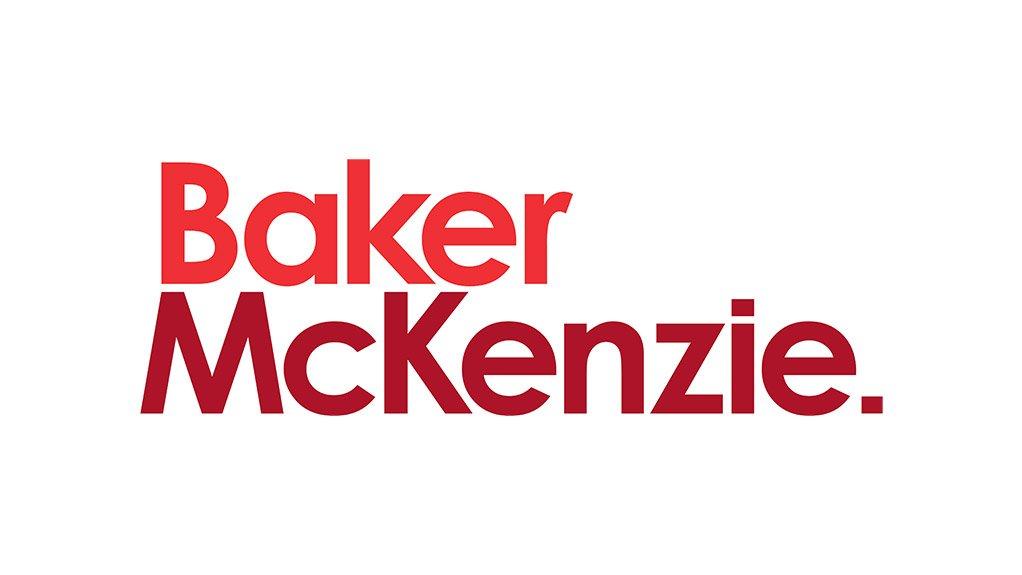By Virusha Subban
The pandemic caused massive damage to global supply chains, with challenges including route congestion and blockages, manufacturing shutdowns, a deficit of skilled labour, a global shortage of key logistics components including shipping containers, lack of space in warehouses, a spike in transportation costs and substantially increased demand for goods around the world, post-lockdown.
The World Trade Organisation recently noted that these global supply chain challenges would last longer than originally thought, possibly into next year, and that developing economies would be persistently marginalised by weak links in global supply chains. As a result, businesses have been looking at ways to best protect their supply chains from future disruption.
Measures to heal and strengthen ailing chains include digitising parts of the supply chain, increasing manufacturing capacity in low-cost markets, reducing reliance on single-source suppliers, improving supply chain infrastructure through public and private funding, integrating sustainable practices into supply chain management and carefully monitoring changes in government policy across multiple jurisdictions.
Digitisation
According to Baker McKenzie’s recent report – Supply Chains Reimagined, digitisation will impact how firms facilitate and manage supplier relationships as well as logistics and shipping processes, across all sectors. The report outlines how automation and the Internet of Things (IoT) are now playing an important part in supply chain shock-proofing against future disruption. Companies are increasingly combining data-driven solutions with artificial intelligence (AI) to identify potential risks, bottlenecks and underperformance in their supply chains.
The report details how COVID-19 has also accelerated the adoption of 3D design technologies, as teams were forced to collaborate remotely and share digital assets with manufacturers. Although such technologies are not new, their use in digital trade is rising rapidly.
The report also details how, in the longer term, businesses are expected to begin integrating pre-emptive risk management and geospatial analytics into their supply chains.
For example, the report reveals how being able to fully map their supply chain to understand the geographic location of suppliers and feed the maps with alternative data can help companies to implement in-built defences against large shocks to their supplier ecosystems.
Companies may also look at where they are reliant on a single supplier in a high-risk location (for example, areas prone to natural disasters) or on a cluster of suppliers all located in the same concentrated area.
A greater focus on the localisation of supply chains may also spur smart manufacturing, which uses data analytics to manage inventories and distribution, or the use of AI for quality control during production.
Infrastructure and manufacturing
Private companies are expected to invest in their own facilities to build more robust supply chains, securing funding via capital raising, hybrid debt issuances, joint ventures, investment by sovereign wealth funds and pension funds, and M&A, for example. However, this is expected to take time to materialise, given the economic climate.
Many African governments have begun looking at ways to improve their manufacturing capacity so that they can produce local components that don’t need to be imported and that can be traded within the continent – simplifying supply chains dramatically.

Going forward, it is expected that manufacturing capacity, including access to land, labour and good logistics, will determine an area’s potential growth as a supply chain hub.
Further, reliable transport and utility infrastructure are vital in terms of the ability of a business to scale up production for regional export and to develop its manufacturing bases. For this, adequate supplies of water and electricity are needed across the continent, to increase production capacity and incentivise foreign companies to set up facilities in African countries. Domestic and regional policy changes that address these issues are therefore playing a crucial role in disruption-proofing Africa’s supply chains.
Government policies
The report also shows how the resumption of industrial activity and the corresponding increasing pressure on supply chains will lead businesses to assess whether they should reshore, shorten or diversify their chains to protect against future disruptions in a cost-effective and efficient way. Businesses should be closely monitoring government policies, such as government funding, incentive schemes and import and export restrictions, for example, in every jurisdiction in which they operate.
Easing restrictions on foreign government policy throughout the continent will increase the flow of trade between countries. For example, allowing more access to information and telecommunications systems would encourage companies to enter new markets. Further, lowering the cost of access and usage of communication and fortifying network security will encourage businesses to set up or ramp up operations in the continent.
Sustainability
The report further outlines the role of sustainability in shaping future supply chains. COVID-19 impacts have led to a heightened focus on sustainability, with more attention being given to the environment, social and governance (ESG) issues in trade transactions, with such standards now demanded by customers and investors.
ESG demands and standards (such as the UN Sustainable Development Goals) and the challenges of climate change increase over time, which means that manufacturers will move their supply chains away from locations where the implementation of higher standards is delayed. Opportunities in supply chain forward-planning and collaboration also exist between different industries.
For example, some businesses are engaging in corporate PPAs for clean energy products, because as sustainability affects how supply chains work, companies are looking to power their global operations entirely by renewable energy sources.
ESG policies are expected to provide an additional healthy shot in the arm for Africa’s supply chains, paving the way for a more integrated, sustainable, collaborative approach to trade, and encouraging ESG-focused foreign investors to take advantage of Africa’s new continent-wide free trade area.
While supply chains in Africa may be drastically weakened after the global pandemic, many effective treatments for their repair and strengthening are already underway.
Virusha Subban is a Partner specialising in Customs and Trade at Baker McKenzie in Johannesburg
Also Read
Cash payments in Africa could boost vaccine uptake
The Mozambique Channel May Become the Next Maritime Security Hotspot








